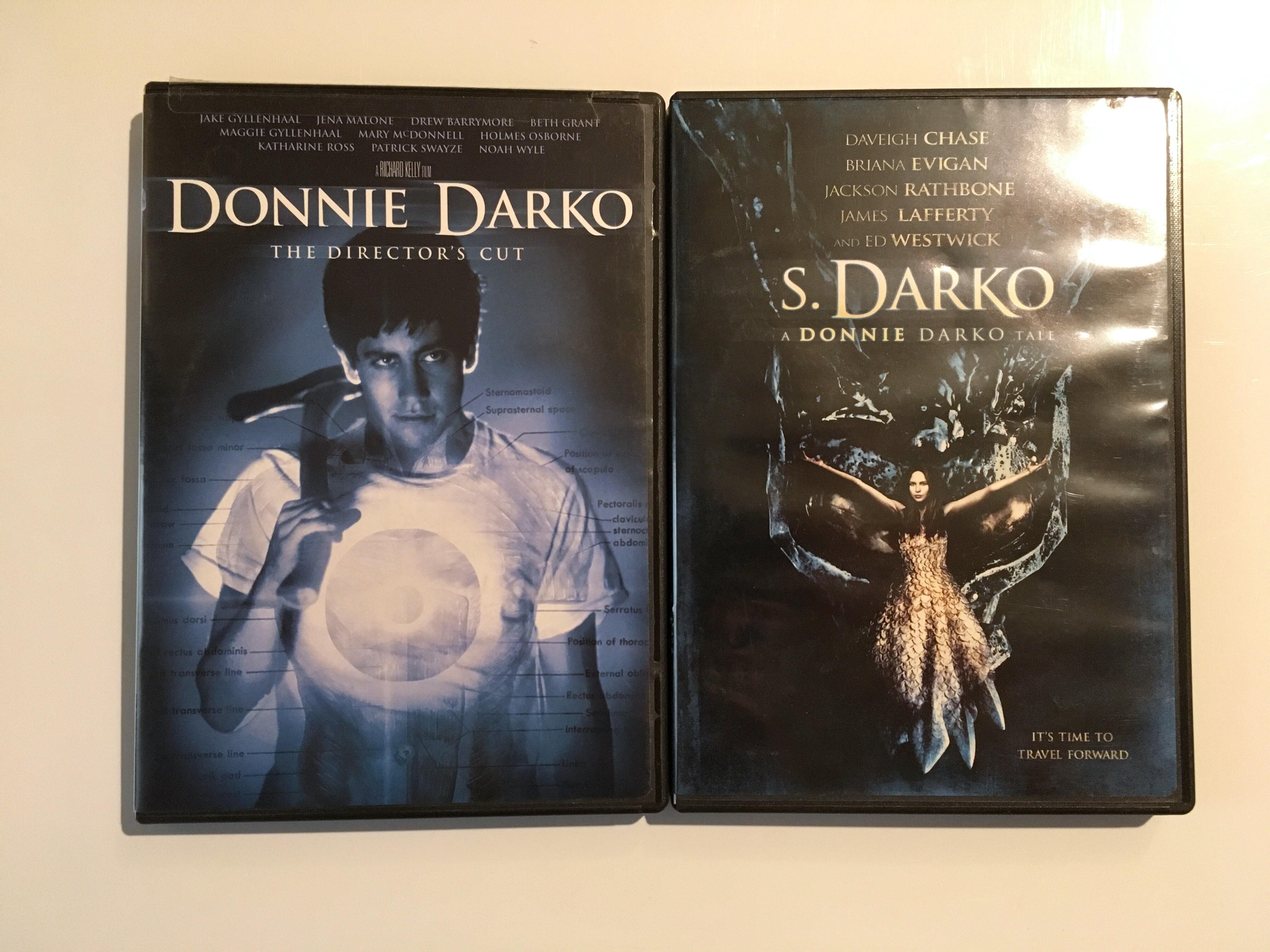In the realm of contemporary cinema, few films have managed to carve out a niche as distinct and thought-provoking as Richard Kelly’s 2001 cult classic, “Donnie Darko.” This enigmatic narrative weaves a complex tapestry that intersects science fiction with profound philosophical inquiries, challenging viewers to grapple with concepts of fate, free will, and the nature of reality itself. By seamlessly blending elements of time travel, metaphysics, and existential dread, “Donnie Darko” transcends conventional genre boundaries, inviting a deeper exploration into the deterministic forces that shape human existence. This article delves into the intricate mechanisms through which the film harmonizes sci-fi motifs with philosophical discourse, ultimately presenting a rich, multifaceted examination of fate’s enigmatic role in our lives.
The Interplay of Time Travel and Determinism in Donnie Darko
In Richard Kelly’s cult classic, “Donnie Darko,” the narrative intricately intertwines time travel with the concept of determinism, creating a rich tapestry that challenges the audience’s perception of fate. The film posits that the universe operates on a pre-determined path, a notion vividly illustrated through the Tangent Universe—a parallel dimension that diverges from the Primary Universe. This divergence is not random but rather a calculated anomaly that Donnie must correct to restore balance. The Philosophy of Time Travel, a fictional book within the film, serves as a guide for Donnie, reinforcing the idea that his actions are not of free will but are dictated by a higher cosmic order.
Key elements that highlight this interplay include:
- The Artifact: A jet engine that falls into Donnie’s bedroom, acting as the catalyst for the unfolding events.
- The Manipulated Living: Characters who subconsciously guide Donnie towards fulfilling his role in correcting the timeline.
- The Ensurance Trap: Situations that ensure Donnie’s journey remains on its destined course.
These components work together to suggest that despite the illusion of free will, Donnie’s journey is predestined. The film thus becomes a meditation on whether our lives are governed by fate or if we possess the autonomy to alter our destinies, a question that continues to resonate with audiences long after the credits roll.

Philosophical Undertones: Examining Free Will and Predestination
At the heart of Donnie Darko lies a compelling examination of the age-old debate between free will and predestination. The film employs a unique blend of science fiction and philosophical inquiry to dissect the nature of human agency. Donnie’s journey is underscored by a series of events that question whether his actions are self-determined or orchestrated by a higher power. As he navigates a labyrinth of time travel and parallel universes, the narrative juxtaposes scientific theories with metaphysical speculation, creating a rich tapestry that invites viewers to ponder their own beliefs about fate.
The film utilizes several elements to explore these themes:
- Time Travel: The concept of a Tangent Universe and the Artifact establishes a framework where events are seemingly preordained, yet Donnie’s choices appear to influence outcomes.
- Philosophical Dialogues: Conversations with characters like Dr. Monnitoff and Roberta Sparrow delve into existential questions, providing a scholarly lens through which to view Donnie’s experiences.
- Symbolism: The recurring motif of the manipulated dead, particularly Frank, serves as a catalyst for Donnie’s actions, blurring the lines between destiny and autonomy.
Through these mechanisms, Donnie Darko crafts a narrative that is as intellectually stimulating as it is emotionally resonant, leaving audiences to grapple with the enigmatic interplay of free will and predestination long after the credits roll.

Character Arcs as Vehicles for Existential Questions
In Donnie Darko, character arcs serve as profound vehicles to probe existential questions, creating a tapestry where science fiction meets philosophy. The protagonist, Donnie, embarks on a journey that forces him to confront the deterministic nature of his existence. As he interacts with various characters, each representing different facets of existential thought, the film raises critical questions about free will, predestination, and the nature of reality.
- Donnie’s Struggle with Fate: His visions and interactions with Frank, the enigmatic figure in a rabbit costume, lead him to question whether his actions are preordained or if he has the autonomy to alter his destiny.
- Supporting Characters as Philosophical Anchors: Figures like Dr. Monnitoff and Gretchen serve as intellectual and emotional touchstones, pushing Donnie towards deeper introspection about his role in the universe.
These arcs are not merely plot devices but rather existential inquiries, prompting viewers to consider their own beliefs about fate and free will.

Visual and Narrative Techniques that Enhance Philosophical Themes
In Donnie Darko, the interplay of visual and narrative techniques is masterfully used to underscore its philosophical explorations. Richard Kelly employs a distinct visual palette that oscillates between the mundane and the surreal, using elements like dark lighting, time-lapse photography, and distorted imagery to evoke a sense of foreboding and existential unease. These visual choices are not merely stylistic but serve to mirror Donnie’s tumultuous inner world, accentuating the themes of fate, free will, and the nature of reality.
On the narrative front, the film deftly integrates science fiction elements—such as time travel, alternate universes, and a cryptic, bunny-suited harbinger of doom—to challenge and expand the audience’s understanding of philosophical concepts. This blend of genre tropes with philosophical inquiry is further enriched through:
- Symbolism: The recurring image of the clock and the “Countdown to Doomsday” emphasize the inexorable passage of time and the deterministic aspects of fate.
- Character Arcs: Donnie’s interactions with characters like Gretchen and his therapist reveal layers of existential angst and the quest for meaning.
- Dialogues: Thought-provoking conversations, especially those involving Donnie’s questioning of authority and societal norms, invite viewers to ponder the nature of free will and destiny.































